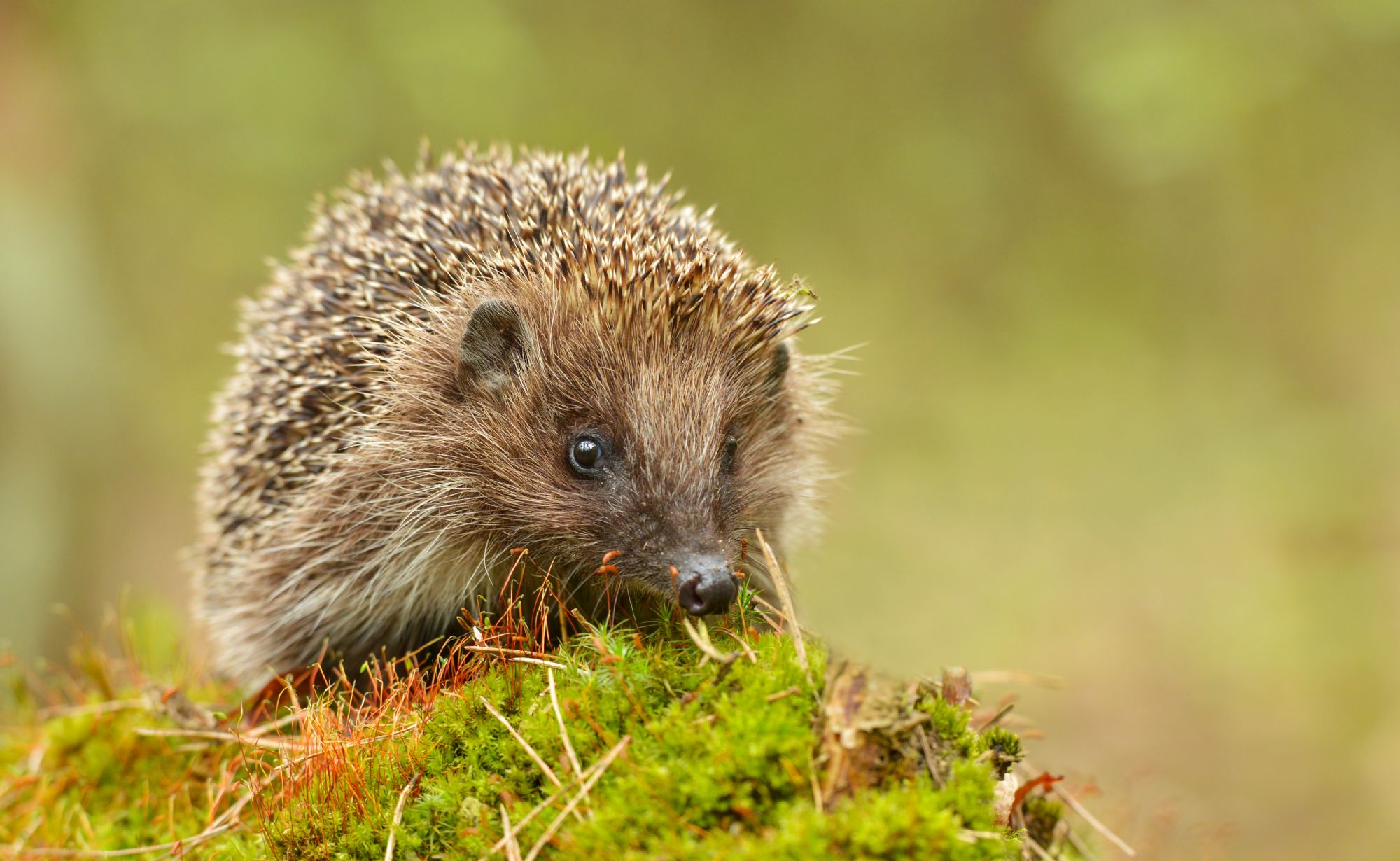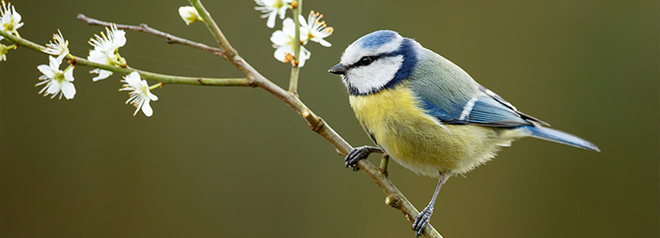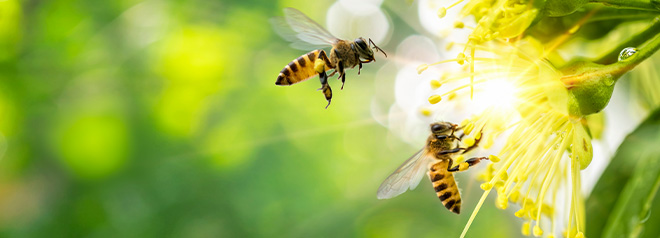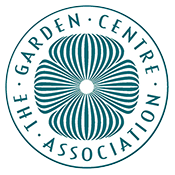
HOW TO HELP GARDEN WILDLIFE IN SPRING...
Whilst most wildlife will still be hibernating, we will begin to see some garden wildlife awakening from their slumber. We wanted to give you some top tips on how you can help different species of animals during this important month.
Hedgehogs –
While most hedgehogs will be hibernating until March, to avoid disturbing any hibernating hedgehogs prematurely it’s a good idea to hold off tidying your garden of leaves, logs and anything that could be used to hide under.
If the weather starts to turn mild then you could begin to think about what you can do to help. Once you spot a hedgehog then it is important to note that it will be hungry after its winter of hibernation and looking for an ideal place to shelter. Here are some of our favourite hedgehog houses -
It is recommended to cover your hedgehog house with leaves and foliage to camouflage the retreat and make them feel safe. Also, to avoid any disturbance from badgers or dogs it's ideal to secure your hedgehog house with tent pegs.
Feeding hedgehogs is easier than you would think, they are happy to eat most meaty dog or cat food as well as fresh fruits and vegetables. You can also get a range of hedgehog food, from biscuits to dried insects. See a good selection below:
- Brambles Meaty Hedgehog Food
- Mr Johnsons Wildlife Hedgehog Food
- Spikes Tasty Semi-Moist Hedgehog Food
If you are looking for a good starter pack or know a friend that would love to help out their garden wildlife then take a look at - Wildlife World 'For the love of Hedgehogs' Gift Pack

Birds –
For birds, February could be considered one of the most important months. It’s the perfect time to get your new nest boxes out or clean your old ones, with Nest Box Week just around the corner, find out more here.
With the lack of natural food sources being at an all-time low it’s so important to offer food and water to our wild birds. Food sources such as suet balls are high in fat which is a great source of energy for birds this time of year. Some of our bird food recommendations are:
- Henry Bell Fat Balls for Wild Birds - Tub of 50
- Beautiful Gardens Universal Blend Wild Bird Food
- Peckish Winter Warmer Seed Mix

Bees –
Helping the bees is all about growing plants that offer plenty of nectar, even more important when it is particularly scarce at this time of year. Plants such as Hellebore, Primrose, Crocus, winter flowering Clematis and Snowdrops.
Other ways you can encourage bees into your garden and help save the bees:
- Introduce a bee barn to help solitary bees
- A nectar feeder can really encourage butterflies and pollinating bees to your gardens. Soak the sponge in sugar/honey and water mix (1:5) and then hang it near a wildlife attracting plant.


